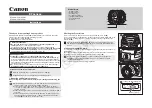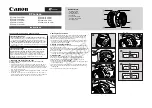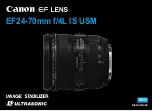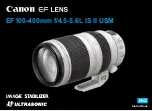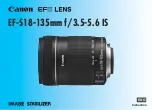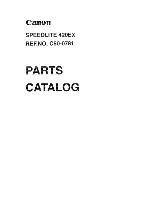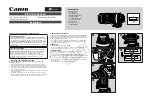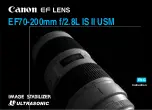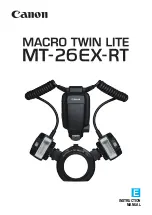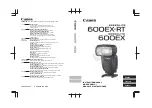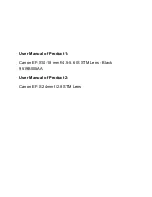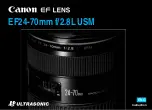
DOCS-010 Manual, SeaBotix Inc. Users, 200 Series – 18 Mar 09 - Rev B - Page 42 of 52
4.5 Repairs
Should the LBV require service or repair, contact SeaBotix Inc. or an authorized service
center for information. If you choose to repair the LBV on your own there are a variety of
procedures manuals on
www.seabotix.com
.
Note:
If you choose to repair the LBV on your own then SeaBotix Inc. will not be
held liable for damage as a result of incorrect procedures that were used.
4.6 Software
LBV software is continually refined and updated. Updates are available on
www.seabotix.com
including the correct procedure for updating the software.
4.7 Optional Components
If your LBV is fitted with optional equipment, refer to the supplemental manuals for each
one.
Section 5. Troubleshooting
5.1 Introduction
The typical LBV system consists of the LBV, a tether 100, 150, 175, or 250 meters in length,
an Operator Control Unit, and a Surface Power Supply to which the OCU, tether and video
cable connect. Typically, video monitoring and recording equipment is not included with the
LBV system.
LBV‟s that include an Integrated Control Console are an exception to this rule
and troubleshooting for these
LBV‟s (where they differ) is covered later in this guide.
Furthermore, some
LBV‟s use fiber optics for the transmission of video and others use fiber
optics for the transmission of both video and communications.
5.2 Brief Theory of Operation
The LBV system is designed to operate within certain parameters. Though based on the
same design, each LBV is configured for the end
user‟s requirements. The primary
considerations: Power available for the LBV (120 VAC or 240 VAC) and desired video
format (PAL or NTSC). Please be aware of your available power, since plugging into the
wrong supply could damage your LBV. Whenever the LBV system is used, the Surface
Power Supply must be plugged into a grounded outlet! Failure to use a grounded outlet will
disable the GFI circuitry, as well as cause possible communication and vehicle control
problems. On most
LBV‟s (PAL or NTSC), the video output is
composite video
which is then
converted to fiber optic data inside the splice in the tether.


























